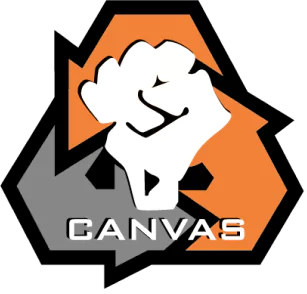Jun 1, 2009-2009
Iran
Green Revolution
Share
ACTIVISTS/ACT.GROUPS/DESCRIPTION OF THE GROUP
Green Movement; Mir Hossein Mousavi and Mehdi Karroubi
TARGET
Government
WIDELY HELD BELIEF
Citizens should be given the right to democracy and peaceful government transitions.
CASE NARRATIVE
Issue and Opponent: Iran’s Green Revolution stemmed from a disputed presidential election. In 2009, Iran’s conservative incumbent President Mahmoud Ahmadinejad was up for reelection. Ahmadinejad was challenged by Mir Hossein Mousavi, a moderate reformer who had previously served as the Iranian Prime Minister during the Iran-Iraq War in the 1980s. Mousavi’s candidacy in the election was permitted by Iran’s hardline Guardian Council only because the council strongly believed Mousavi would not win the election. However, Mousavi’s campaign was able to unite many moderate and reform-minded factions in Iran and mount a significant challenge to Ahmadinejad’s reelection during the June 12th presidential election. During the election, outside observers were not permitted to monitor the polls and the counting process was opaque. Some individuals and civil society organizations reported concerns about election fraud and an incomplete count of votes. Only a few days after the election, the government announced that Ahmadinejad had won in a landslide. Activists and civil society organizations denounced Ahmadinejad’s victory as fraud, and Mousavi refused to accept the results of the election.
Dilemma Action: Outraged at the results of the election, hundreds of thousands of Iranians took to the street in protest during the summer of 2009. The protesters dressed in green, carried green signs, and wore green ribbons around their wrists to show their support for Mousavi through his campaign color. Mousavi himself participated in the protests and carried a green sash, giving the Green Revolution its name. The peaceful protesters flooded the streets of Tehran, using the slogan “Where is my vote?” to express their discontent with the election proceedings. The majority of the protesters were students, activists, intellectuals, and middle-class urban elites. After the initial wave of election-related protests, other protests erupted around Iran in the autumn of 2009 with broader anti-government messages. Protesters gathered on public holidays to chant “death to the dictator” and express opposition to Supreme Leader Ayatollah Ali Khomeini, who had upheld Ahmadinejad’s election victory. It is estimated the Green Revolution protests in Iran saw roughly 3 million peaceful demonstrators take to the streets. The protests forced the Iranian government to choose between giving in to their demands for a new election or brutally crushing the peaceful demonstrations.
Outcomes: The Green Revolution was not successful in its calls for the removal of Ahmadinejad and a new, fair election. Protesters and activists faced merciless repression from the government. Initially, security forces were powerless to stop the demonstrations because of the sheer number of protestors. But protesters were soon met with violence from the Revolutionary Guard, plain-clothes police officers, and paramilitary units. Peaceful demonstrators were beaten, arrested, and killed on the streets by security forces. The leading activists organizing the Green Revolution protests were subject to show trials in the fall of 2009, during which they were forced to make televised confessions of their alleged crimes. The Iranian government also shut down newspapers and arrested journalists who were accused of reporting on the protests. The Green Revolution was successful in drawing international media attention, especially when the death of 26-year-old Neda Agha Soltan was publicized after she was shot by a sniper during a protest. In the end, the government chose to brutally suppress the protests rather than give in to their demands. A new election was never called, and Admadinejad served his second term as president from 2009 to 2013.
PRIMARY STRUGGLE/GOAL
NONVIOLENT TACTICS USED
DA TACTICS USED
Assemblies of protest or support
CASE NARRATIVE WRITER
SUCCESS METRICS
9 / 12
(EREP) Dilemma action got replicated by other movements
(MC) Media Coverage
(MSYMP) Media coverage was sympathetic to the activists
(OR) Opponent response
(PS) Dilemma action built sympathy with the public
(PUN) Punishment favored the activists
(REFR) Dilemma action reframed the narrative of the opponent
(RF) Dilemma action reduced fear and/or apathy among the activists
(SA) Dilemma action appealed to a broad segment of the public
PART OF A LARGER CAMPAIGN
3 / 3
Activist group continued working together after the action
Encouraged more participants to join the movement
Internally replicated by the same movement
RESOURCES
Project documentation
Dilemma Actions Coding Guidebook
Case study documentation
Dilemma_Actions_Analysis_Dataset
SOURCES
Milani, Abbas. 2010. “The Green Movement,” The Iran Primer. Retrieved July 22, 2023. (https://iranprimer.usip.org/resource/green-movement).
The Editors of Encylcopedia Brittanica. “Mahmoud Ahmadinejad,” Britannica. Retrieved July 22, 2023. (https://www.britannica.com/biography/Mahmoud-Ahmadinejad).
Daragahi, Borzou. 2019. “A decade after Iran’s Green Movement, some lessons,” Atlantic Council. Retrieved July 22, 2023. (https://www.atlanticcouncil.org/blogs/iransource/a-decade-after-iran-s-green-movement-some-lessons/).
Green, Niall. 2009. “The Mousavi campaign in Iran and the lessons of past “color revolutions,” World Socialist Website. Retrieved July 22, 2023. (https://www.wsws.org/en/articles/2009/07/colo-j04.html).
Related cases
Sep 1, 1730-1730
India
The Khejarli Massacre occurred in 1730 when the Maharaja of Marwar ordered his men to chop down the trees in the Khejarli village to construct his new palace. The Khej...
/
Jun 1, 2012-2012
United States of America
Royal Dutch Shell was ramping up efforts to drill in the Arctic. Spent billions on its plans to drill for oil in the Arctic.
Dilemma Action: A gala was announced...
/
May 1, 2022-2022
Ukraine
Ukraine has received more than 1 million tons of military equipment from NATO countries, including tanks, howitzers, and ammunition. It has also received tons of suppo...
/
Subscribe to our newsletters to get full access to all materials on our website.

